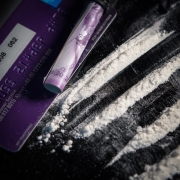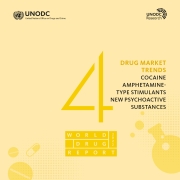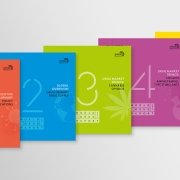The Global Report on Cocaine 2023
According to the report, coca cultivation soared 35 per cent from 2020 to 2021, a record high and the sharpest year-to-year increase since 2016. The steep growth in supply has been matched by a similar swelling in demand, with many regions showing a steady rise in cocaine users over the past decade. Read more











